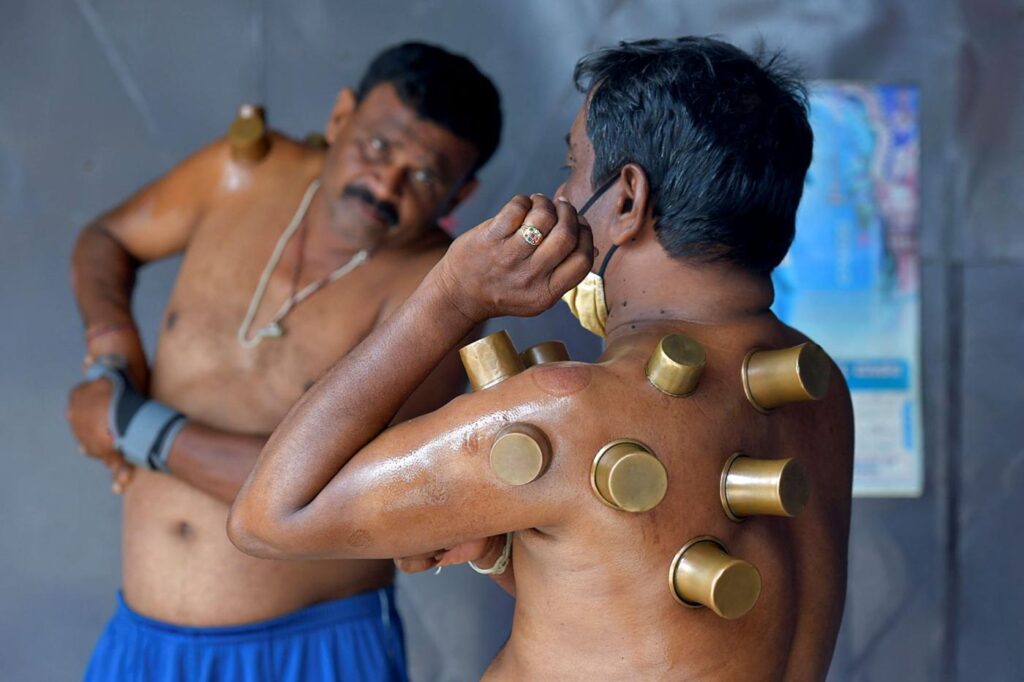Back to: Ancient & Modern Cupping Techniques
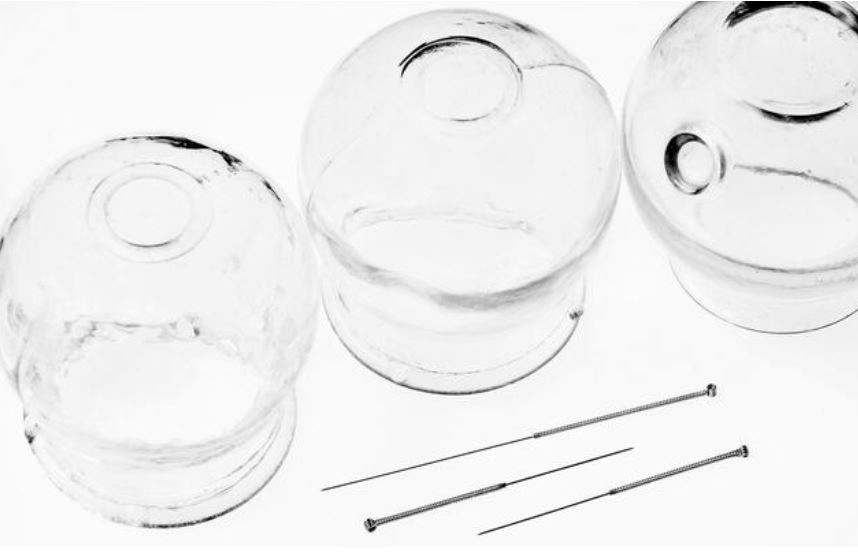
Ancient Traditional Eastern & Western Cupping
Ancient traditional cupping therapy has a long history and is believed to have originated in several countries across different regions. There is a growing body of evidence suggesting that cupping therapy remained an integral part of ancient medicine. Although, regarding the pioneers of this ancient practice, some consider the Chinese to be the inventors of cupping, while the earliest pictographic records suggest that it is the ancient Egyptians who invented this technique at around 1550 BCE.
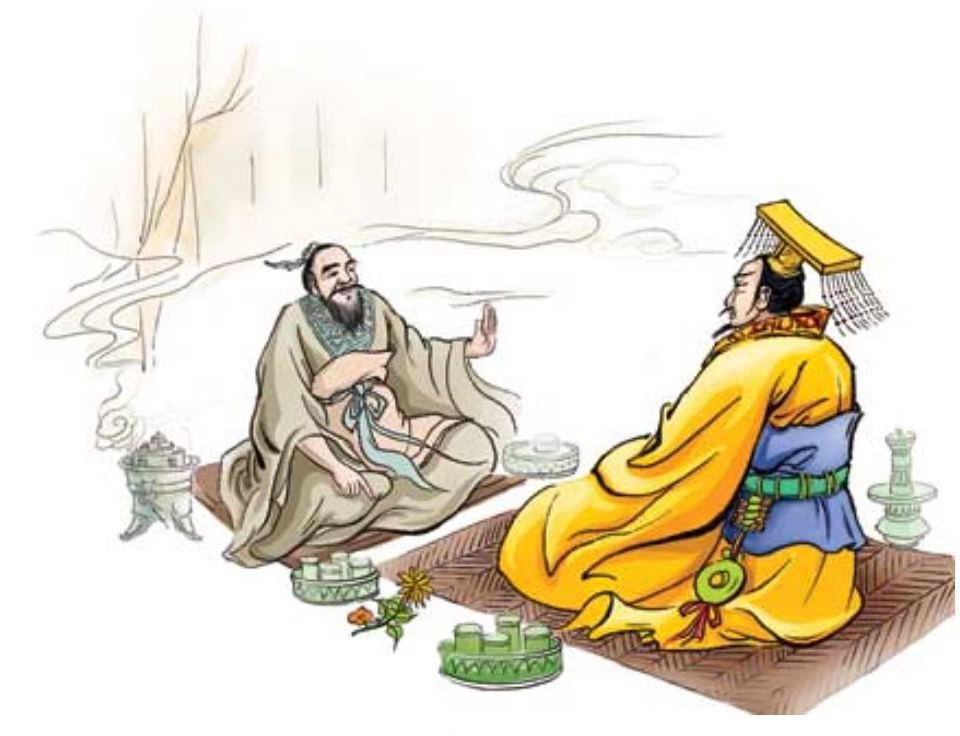
Ancient China – Cupping therapy has a long history in traditional Chinese medicine (TCM) and is believed to have originated there around 3000 BCE. It is mentioned in ancient Chinese medical texts, including the Huangdi Neijing (Yellow Emperor’s Inner Canon), which dates back to around 300 BCE. Ge Hong – a famous herbalist and alchemist during the Jin Dynasty is considered the first to use this technique in China. He strongly believed that with “cupping and acupuncture combined, more than 1/2 of the ills can be cured”. It is still widely practiced in modern China and is an integral part of Traditional Chinese Medicine – TCM treatments. Chinese cupping methods, such as using heated glass cups or bamboo cups, including both dry and wet cupping have become popular worldwide.
Ancient Egypt – Cupping therapy has been traced back to ancient Egypt, where it was practiced as early as 1550 BCE. The ancient Egyptians used cupping as a therapeutic technique, and evidence of cupping therapy has been found in the Ebers Papyrus, one of the oldest medical textbooks known to exist. Additional evidence of cupping marks has been found on Egyptian mummies with the Ancient Egyptians applying cupping for various purposes, including pain relief, promoting healing, and treating specific ailments.
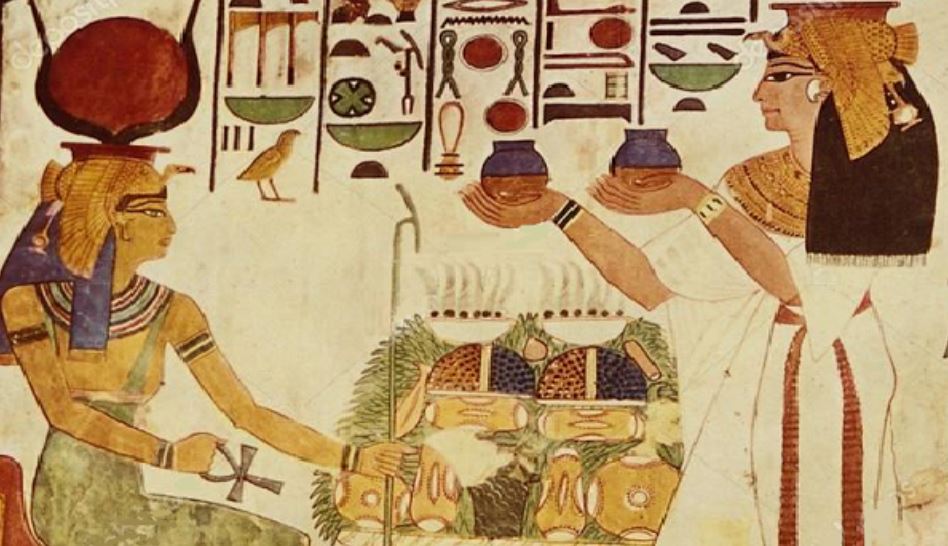
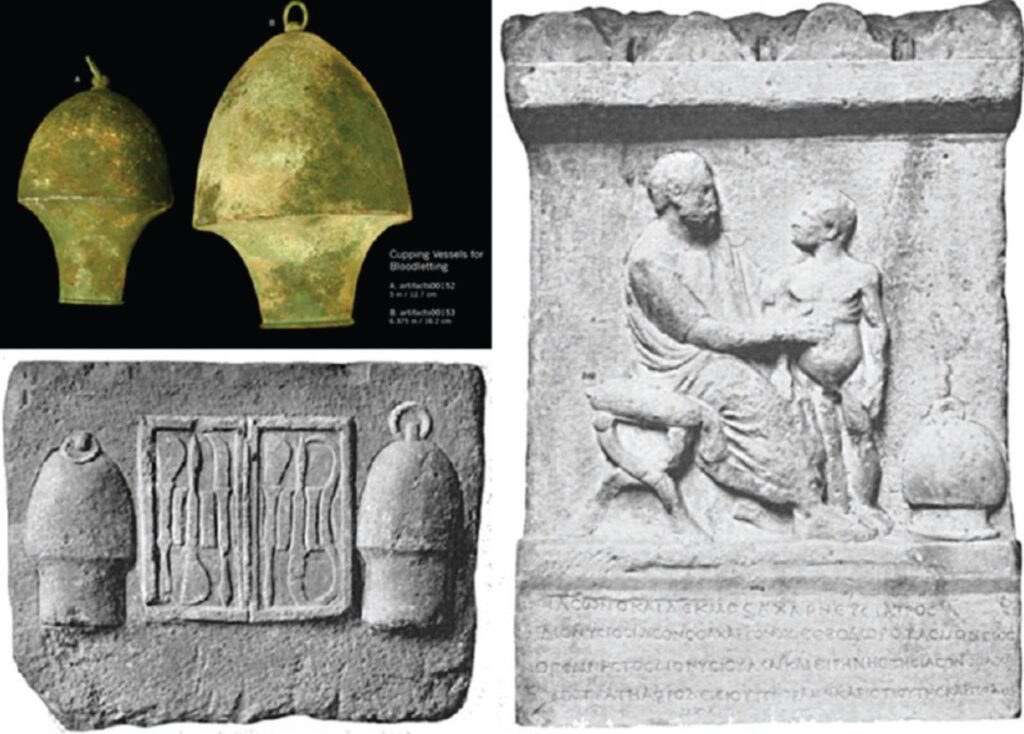
Ancient Greece & Rome – Cupping therapy has historical roots in ancient Greece. The ancient Greeks also used cupping therapy as part of their medical practices. The renowned Greek physician Hippocrates (460-377 BCE) mentioned cupping in his writings, and it was commonly used to treat a range of conditions. In Rome, the Roman physician Galen both mentioned cupping in his medical writings, which influenced the spread of cupping therapy in Europe and the Middle East..
Middle Eastern & Islamic Traditions – Cupping therapy has also been practiced in various Middle Eastern countries, including Iraq, Syria, and Saudi Arabia, among others. It is often used in conjunction with other traditional healing practices. Cupping therapy is mentioned in Islamic traditions and has been widely practiced in many Muslim-majority countries, including those in the Middle East, North Africa, and Southeast Asia. Islamic Medicine: Wet cupping, known as “hijama” in Arabic, has been widely practiced in Islamic medicine since ancient times. It is believed to have been mentioned in early Islamic medical texts and was popularized by the teachings of the Prophet Muhammad.
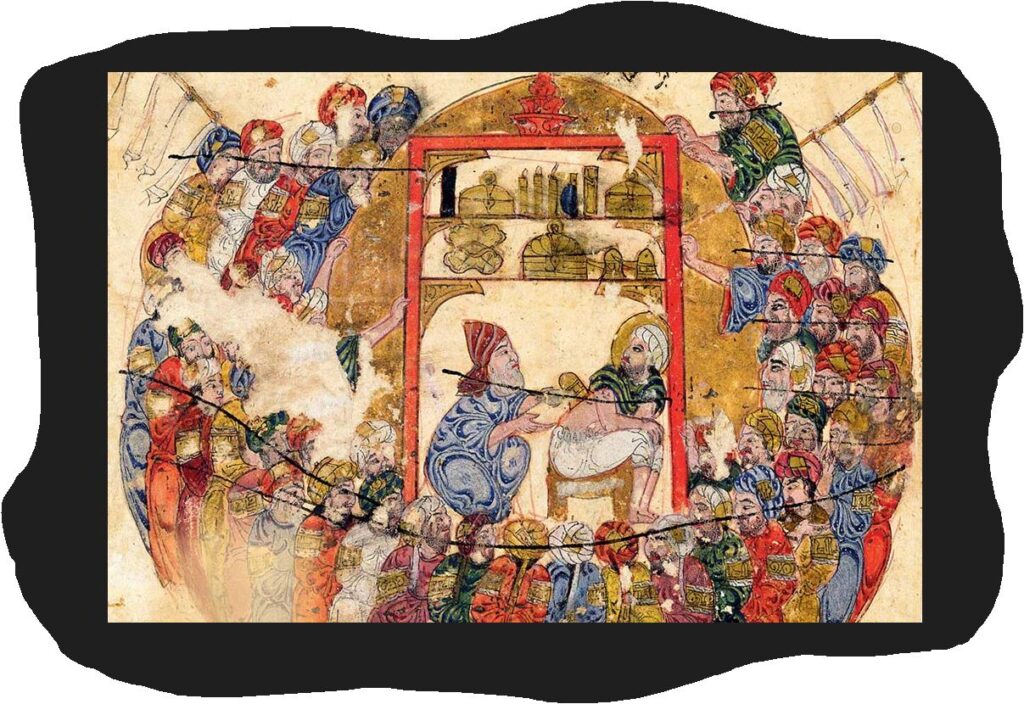

European Renaissance – The practice of cupping spread to many European countries between the 14th and 17th centuries, particularly during the Renaissance era. It was regarded as the most popular treatment of arthritis and gout in Italy during this period. Throughout the 18th century, cupping therapy was practiced by a great majority of European doctors who used it for the treatment of common cold and chest infections. With the introduction of the newly established scientific model of medicine in the late 18th century, the popularity of cupping lessened.
Traditional Indian medicine – Cupping therapy, known as “bheekam” or “jaluka,” is part of Ayurvedic medicine in India. It has been practiced in India for thousands of years and is considered a valuable treatment modality for different health conditions.
